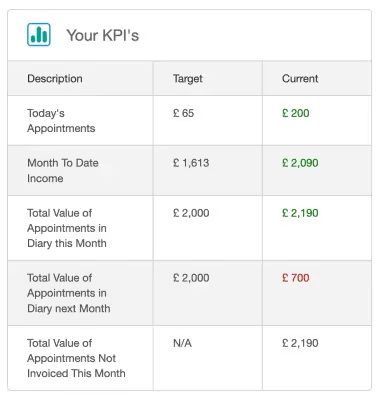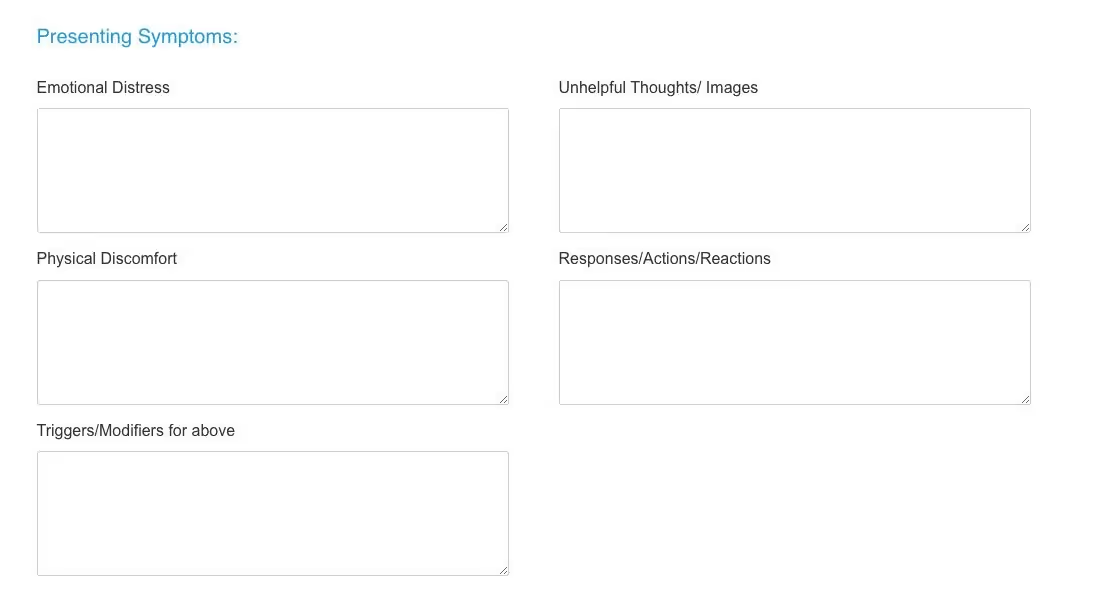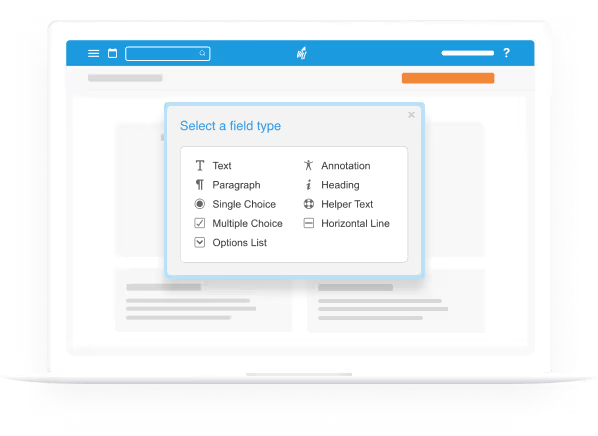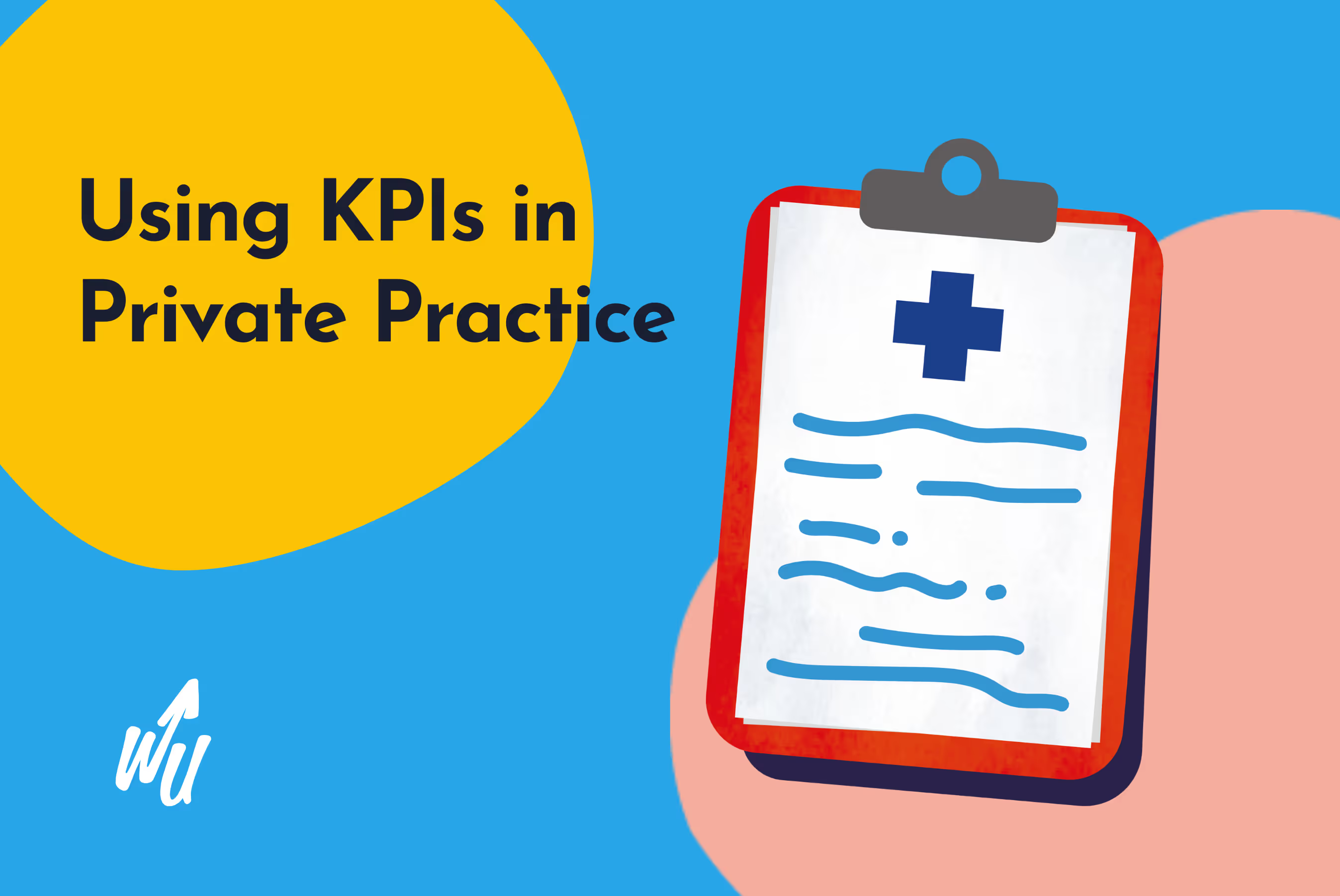Practice management doesn't have to be a nightmare.
Thanks to advancements in medical technology, there are practice management systems you can use that manage the day-to-day operations of a clinic, such as appointment scheduling, billing and other administrative tasks.
Short on time? Watch this quick video for a rundown on how you can reduce admin time by using practice management software:
https://youtu.be/lzO89lg4iao
Globally, the practice management system market is projected to grow at a compound annual growth rate (CAGR) of 8.8% by 2030. Compared to 2021, this is an increase from $12.9 billion.
A practice management system will be an invaluable tool as you look to make your practice more efficient.
Read on to learn more about practice management and how a solution will help you.
What Is Practice Management?
Healthcare practice management is a process that helps healthcare providers streamline their operations and improve patient care.
It involves coordinating the activities of all healthcare team members, including physicians, nurses, and support staff.
Practice management can also include billing, appointment scheduling, and patient record-keeping.
By streamlining these processes, practice managers can help healthcare providers to save time and money while also improving the quality of patient care.
Who Are Practice Managers?
Healthcare practice managers are responsible for the day-to-day operations of a medical practice.
They typically have a background in healthcare administration or business and use their knowledge to ensure that the practice runs smoothly.
This can involve hiring and training staff, overseeing finances, and handling patient scheduling.
In many cases, healthcare practice managers also play a role in developing the practice's marketing strategy and ensuring that it complies with relevant regulations.
Practice managers also play an essential role in coordinating care between different healthcare providers, which can help to ensure that patients receive the best possible care.
They play an integral role in ensuring that medical practices provide high-quality patient care.
How Can You Streamline Practice Management?
Healthcare practice management can be a complex and time-consuming process. However, there are several ways it can be streamlined. These include:
1. Streamlining Processes
One of the best ways to streamline practice management is to streamline the processes involved.
https://youtu.be/THgD_K8ewIo
You can do this by automating tasks and using technology to help with appointment scheduling and patient record-keeping.
2. Improving Communication
Another way to streamline practice management is to improve communication between all healthcare team members.
https://youtu.be/W6gtSxXAM4g
This can be done by using a practice management system that includes features like appointment reminders and secure messaging.
3. Outsourcing Physician Practice Management
In some cases, it may be helpful to outsource physician practice management. This can be done by hiring a company that specialises in medical practice management.
These companies can help with billing, coding, appointment scheduling, and patient record-keeping.
4. Making Use of Analytics
Finally, using analytics can also help you streamline practice management.
By tracking key performance indicators (KPIs), you can identify areas where you can improve the processes. This information can then be used to make changes that will help the practice to run more smoothly.

By following these tips, you can streamline healthcare practice management and improve the quality of patient care.
What Is Practice Management Software?
Practice management software helps you to put everything involved with running a private practice into one secure and automated place.
https://youtu.be/SaotRsvJ7co
It typically includes features like:
- Appointment scheduling
- Client database
- Clinical notes
- Patient correspondence
- Financial reporting
The best practice management software also includes features like secure messaging, appointment reminders, online scheduling and payments, and online assessment forms.
Your clinic will also be accessible from anywhere (with internet!)
Cloud-based practice management software is extremely secure and it is now the preferred software model of pretty much all major software vendors, including Microsoft 365.
Practice management software can be a valuable tool for streamlining healthcare practice management: it will help you save time and money while also improving the quality of patient care.
Ways to Save Time in Practice Management
One of the biggest obstacles a healthcare practice faces is time wastage. As a result, you attend to fewer patients, thus limiting your earning potential.
Fortunately, there are several ways that you can save time in practice management.
https://youtu.be/I-KmOJU_Luo
1. Tame Electronic Health Records
Managing patient health records takes a significant chunk of a physician's day.
In most cases, it also involves extending a few hours after the office is closed to complete clinical notes and admin.
You can tame this process by investing in software that automates data entry and makes it easier to find information.

Some of the more advanced practice management systems will allow you to take specific information that clients have shared in online forms and automatically import this straight into their client summary.
This usually works for information such as:
- Demographics
- Address and location information
- Contact information for the client (phone, email)
- Contact information for next of kin
Automation like this will allow you to save the time you currently spend capturing this information either on paper or verbally whilst the client is sitting in reception or in front of you.
With the click of a button, this information will be imported directly into your system, saving both time and the possibility of transposition errors.
2. Automate Appointment Scheduling
Another way to save time in practice management is to automate appointment scheduling.
This can be done by using software that allows patients to book appointments online.
https://youtu.be/WyW06lkO9YI
It reduces admin on your side, it’s often more accurate and it puts the client in control of their data/destiny.
For example, it makes much more sense for clients to book their own appointments when they’ve got their diary in front of them or for them to complete their details (Name, address, DoB) rather than you entering it on their behalf when you could be treating them.
By automating appointment scheduling, you can free up time that would otherwise be spent on the phone dealing with schedule changes and cancellations.
3. Streamlined Billing
Invoicing and billing are one of the most time-consuming tasks in healthcare practice management.
Fortunately, several software programs can help to streamline these processes by:
- Automatically generating branded invoices based on your clinical activity
- Easily identifying paid/unpaid invoices and bad debts
- Pinpointing appointments that have not yet been invoiced
- Easily adding online payments to the invoice

By streamlining the invoicing process, you’ll be able to:
- Reduce time spent on invoicing and speed up your workflow
- Minimise errors
- Maintain high-quality and organised financial records
- Stay on top of cash-flow
- Reduce paperwork
4. Integrated Online Payments
Issuing an invoice is one thing, but getting paid is sometimes more challenging, particularly if you don’t take payment at the time of treatment.
Online payments are a great way to minimise the time wasted and frustration caused when trying to get paid.
You can embed a payment link directly into your invoice or your online booking process which allows your client to pay directly from their invoice using their credit/debit card or pre-pay when they book an appointment online.
The payment gateways that underpin this capability will differ by practice management systems but the more common providers are companies like Square, Stripe and Paypal.
By offering these types of payment options, you can:
- Reduce any customer-facing time spent getting payment i.e. before/after treatment
- Improve your client experience by making it super easy to pay
- Minimise any manual reconciliation that might be required when auto verifying that payment has been received and reflecting this in your chosen practice management system
5. Automate your paperwork with online forms
Do you find yourself repeatedly doing any of these things?
- Scanning forms that your client has completed and uploading them to your computer
- Sitting with your client and going through pre-assessment forms during their session
- Waiting for your client to complete a paper-based form before their session can begin
- Transcribing answers from a paper form completed by your client to an electronic form

All of these tasks can be fully automated by sending out secure online forms directly via practice management software.
After receiving the form, your clients will be able to access it through a secure portal where they can share any needed information before they even step foot in your clinic.
Once the form has been filled out, you’ll be notified and the form will be added to your client records – where you’ll be able to quickly review them before the appointment.
The benefits of using a Practice Management System
While there are many benefits of using a practice management system, some of the most notable include:
Improved patient care
When all healthcare team members have access to the same information, it will help improve communication and coordination. This can lead to better patient care.
Reduced costs
Practice management systems help to reduce costs by automating tasks and improving efficiency. In many cases, the cost savings generated by a practice management system can offset the initial investment.
Increased revenues
By streamlining operations and improving patient care, practice management systems can help to increase revenues. The increased efficiency generated by a practice management system can result in seeing more patients each day.
Increased patient satisfaction
One of the most important benefits of using a practice management system is increased patient satisfaction. Patients with a positive experience are more likely to return for future care and recommend your practice to others.
Streamlined processes and workflow
One of the main goals of using a practice management system is to streamline processes and workflow. By automating tasks and improving communication, practice management systems can help to increase efficiency and productivity.
Reduced errors
By automating tasks and improving communication, practice management systems can help eliminate mistakes that jeopardise patient safety.
How to Choose the Right Practice Management System for Your Practice
Now that you know the benefits of using a practice management system, you may wonder how to choose the right one.
The first step is to identify your needs:
To do this, first, make a list of the tasks you would like to automate.
Once you understand your needs well, you can start looking for a practice management system that meets them.
You should also read online reviews and speak to other healthcare professionals who are using the system.
Next, take advantage of a free trial.
You don’t need to import all of your patient information into every system you try: just set up a dummy client or two, and work through a typical patient workflow to see how it feels.
Whilst on your free trial make sure you can tick off most, if not all, of these key factors:
- It boosts efficiency and saves you time
- It automates tasks and streamlines your workflow
- It enhances your clients’ experience
- It has a stable and reliable invoicing platform
- It is a scalable solution, so you can continue to use it as your clinic grows
A Solution You Can Count On
Using a practice management system can benefit healthcare practices of all sizes.
By automating tasks, improving communication and coordination, and reducing errors, it can help to streamline operations and improve patient care.
WriteUpp is designed to meet the needs of healthcare practices of all sizes.
We offer a whole host of features including appointment scheduling, medical billing, automated confirmations and reminders, and streamlined invoicing.
Whether you're looking to simplify your workflow, streamline your operations, or enhance your patient care, our practice management software has everything you need to achieve your goals. Sign up for a 30-day free trial today.



Join over 50,000 clinicians that we've helped using WriteUpp
Start my free trial




.png)


